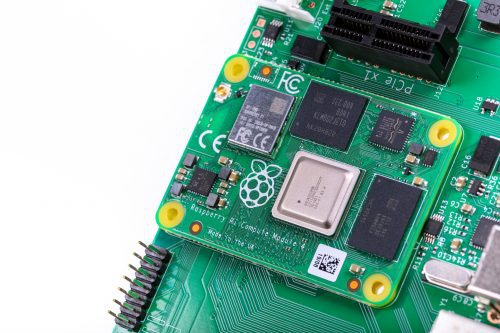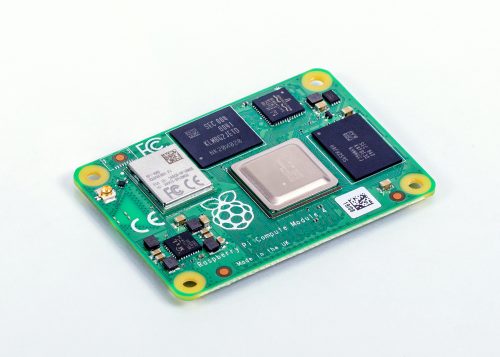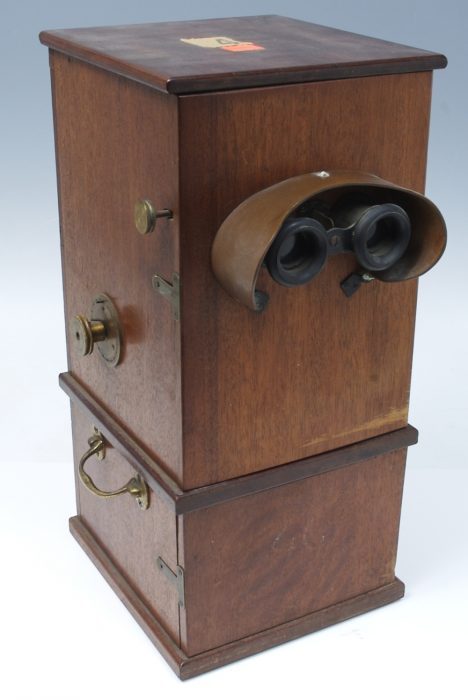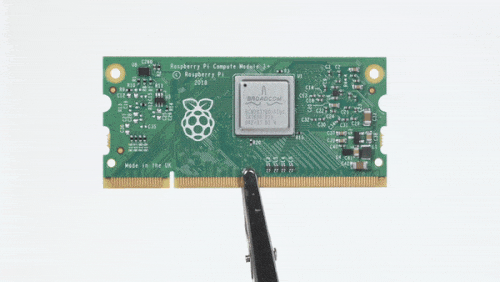Schlagwort: Compute Module
-

YouTuber Jeff Geerling reviews Raspberry Pi Compute Module 4
Reading Time: 2 minutesWe love seeing how quickly our community of makers responds when we drop a new product, and one of the fastest off the starting block when we released the new Raspberry Pi Compute Module 4 last week was YouTuber Jeff Geerling. Jeff Geerling We made him keep it a secret until launch…
-

Designing the Raspberry Pi Compute Module 4
Reading Time: 7 minutesRaspberry Pi Compute Module 4 designer Dominic Plunkett was kind enough to let us sit him down for a talk with Eben, before writing up his experience of bringing our latest board to life for today’s blog post. Enjoy. [youtube https://www.youtube.com/watch?v=yiHgmNBOzkc?feature=oembed&w=500&h=281] When I joined Raspberry Pi, James, Eben and Gordon already had…
-

Raspberry Pi Compute Module 4 on sale now from $25
Reading Time: 5 minutesIt’s become a tradition that we follow each Raspberry Pi model with a system-on-module variant based on the same core silicon. Raspberry Pi 1 gave rise to the original Compute Module in 2014; Raspberry Pi 3 and 3+ were followed by Compute Module 3 and 3+ in 2017 and 2019 respectively. Only…
-

Raspberry Pi retro gaming on Reddit
Reading Time: 2 minutesReddit was alive with the sound of retro gaming this weekend. First out to bat is this lovely minimalist, wall-mounted design built by u/sturnus-vulgaris, who states: I had planned on making a bar top arcade, but after I built the control panel, I kind of liked the simplicity. I mounted a frame of standard…
-

Stereoscopic photography with StereoPi and a Raspberry Pi
Reading Time: 3 minutesStereoPi allows users to attached two Camera Modules to their Raspberry Pi Compute Module — it’s a great tool for building stereoscopic cameras, 360º monitors, and virtual reality rigs. StereoPi draft 1 No Description My love for stereoscopic photography goes way back My great-uncle Eric was a keen stereoscopic photographer and member…
-

Compute Module 3+ on sale now from $25
Reading Time: 5 minutesToday we bring you the latest iteration of the Raspberry Pi Compute Module series: Compute Module 3+ (CM3+). This newest version of our flexible board for industrial applications offers over ten times the ARM performance, twice the RAM capacity, and up to eight times the Flash capacity of the original Compute Module.…





